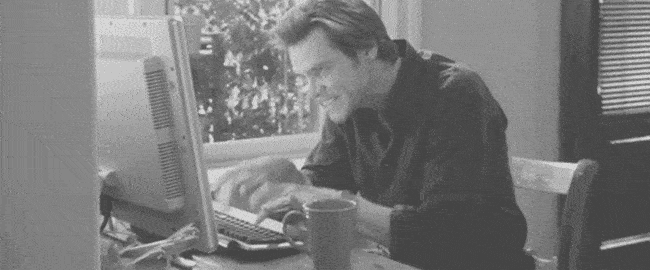
(Marcelo Leal/Unsplash)
This week marks the first anniversary of this modest experiment we call MidRange, which started on January 28, 2021 with a compete lark that was inspired by nothing more than a comment made by a coworker. (We currently sit at 495 subscribers; it would be nice to hit 500 before the 28th, but I won’t begrudge anyone if we don’t.)
The comment made me think about the fact that I had only written very long things and very short things, with no in-between.
MidRange, as the name implies, is the in-between, the thing that stands between the short and long. And the time limit, though I haven’t always hit it, has been quite an important element to my creative approach. It helped me organize my thinking into a more narrow scope, so I could tackle something complex and feel like, even if the rest of day was filled with chaos, disinterested sources, and confusing deadlines, I could always write this and know that I accomplished something useful.
(And in case you’re wondering, I do allow myself a short self-edit process after the 30 minute limit on the initial writing of the piece for clarity and grammatical reasons.)
And I will admit that, in many ways, MidRange is a project for me, personally, rather than an attempt to write a lot of stuff for a broad audience. Sure, I write more timely angles for it than I do with Tedium, and I’m often writing against a prompt. But in the end, the thing that makes this work is that I’ve created a challenge for myself, and a big part of that challenge is meeting it on a three-times-a-week basis.
The secret to the whole thing working is that structure, that rhythm. It feels like the right way to tackle challenging problems by not committing to eating the whole elephant. Instead, I can focus on storytelling, one chunk at a time.

(Kevin Yudhistira Alloni/Unsplash)
But as I get a year in, I’m a little worried about finding rhythm in areas outside of MidRange, without quite-so-distinct deadlines to them. When given a project and told, “finish it sometime this month,” I often find myself in a place where the white space overwhelms me.
So I’m thinking quite hard about how to apply the best lessons of MidRange—the time limit, the tight focus, the muse following approach—to the many other words I need to write. Do I need to use Flow, my timer app of choice, for everything, or go full-Pomodoro?
I’m not sure. But what I do know is that MidRange has been good for me from a critical thinking perspective, as it forces me to sharpen my blades and stick to an unforgiving schedule.
Weirdly, I don’t feel burned out by MidRange, even as some of my other writing definitely can feel like it’s in that category sometimes.
I think the reason for that is because the approach is fully formed. Recently, I was talking to a writer friend of mine who has taken a sabbatical from his newsletter, citing the way that the research and stress of running it had chewed through his personal life.
I told him he needed to find a rhythm, and that the most dangerous thing he could do right now was step away from it in full, because he may not get the spark of that great idea back.
I know this, because I was there. In the summer and fall months of 2014, ShortFormBlog, a site that had thrived on an aggressive many-updates-per-day schedule, had started to fade out as I stepped away for a couple weeks to calm my stressed-out nerves.
When I came back, I found it was even harder to do. Soon enough, I found myself having to call it entirely. It broke my heart, but the inability to regain the rhythm, combined with the business challenges of Tumblr (nobody was getting rich running a Tumblr in 2014) meant that it was really easy to lose my pace.
https://bsky.app/profile/shortformernie.bsky.social/post/3l7o63uz4wk23
I still have that pace with Tedium, even if it feels strange to stick with it after all this time, with the site now having outlived ShortFormBlog by a full year and a half now. And I still have it with MidRange; in fact, the rhythm still feels fresh and new, with the pace of an energetic drummer.
But I could easily lose it. I think my next challenge as a writer is to take what works about MidRange and what works about Tedium across the way that I write in general, so that I feel like I am fully in control of my way with the word, even when my focus fades.
The rhythm is everything. I want to optimize for it; that’s how I’ll really leverage this new skill I’ve gained.
Time limit given ⏲: 30 minutes
Time left on clock ⏲: 1 minute, 57 seconds



